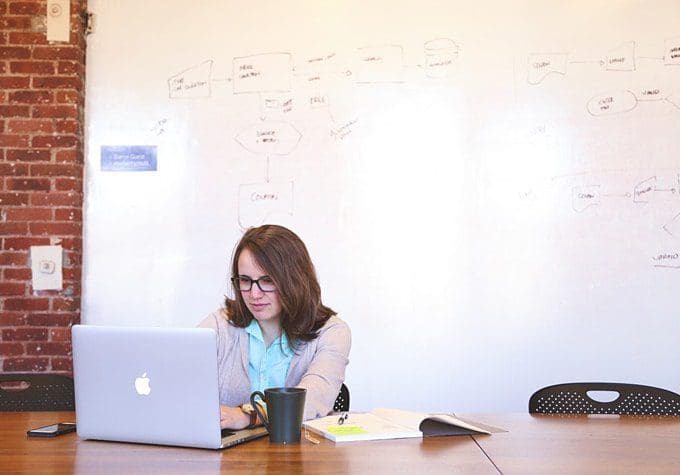words Al Woods
No matter your financial situation, it’s a good idea to set up an emergency fund. That’s a portion of the money saved for unexpected, large expenses. Those could include medical costs, unemployment, car repairs, or significant home fixes. Luckily, it’s not hard to start to build up now.

Building Your Emergency Fund
First, calculate the amount you want to put into savings. It’s best to aim for about six months of living expenses. If that sounds like too much, you could start with two months of living expenses and then go from there. Create a goal each month of how much to set aside. That creates a habit of regularly saving, making the task less complicated. You might choose to automatically move some funds to the savings account after getting paid. Get a direct deposit from your employer. They might be able to split the paycheck between a few savings or checking accounts. To meet your goal each month, you might need to cut down expenses elsewhere. For example, you might consider refinancing your existing student loans. That allows you to create a new lower payment, which might allow you to save money on your monthly expenses. You could get a lower interest rate, or you might receive more time to pay the funds back.

The Importance of an Emergency Fund
Setting aside some money offers a bit of comfort so you can stay afloat even if you experience financial hardship. You will not need to rely on your credit card or take out a loan. If you have debt, it’s even more critical to set up an emergency fund. That way, you are not as likely to need to take out more.
Saving the Right Amount
The cost of living in your area often determines the right amount to set aside. For example, if it’s high, it might take you longer to build enough up. If you don’t have anything, start with $500 or more. Then you can work toward having at least half a year of living expenses. Of course, your financial situation also determines how much you’ll need. If your job is unstable or makes more money depending on the season, it’s best to have more expenses than that saved. If you become unemployed, you can use that money to live frugally while finding another one. Or you could use that money with some unemployment benefits. Even if you have just a few hundred dollars saved, you can avoid many financial pitfalls. That includes having to choose between paying your rent or repairing your car.
Where to Keep the Fund
You might consider placing the money in a high-yield savings account, which you can easily access. It’s critical to get the amount immediately since an emergency might happen at any time. Don’t put it in long-term investments since there is often a steep penalty for early withdrawal. Still, it is best to avoid placing the money in your everyday account to remove the temptation of dipping into these funds. Many accounts are insured up to $250,000, and you’ll get some interest.







